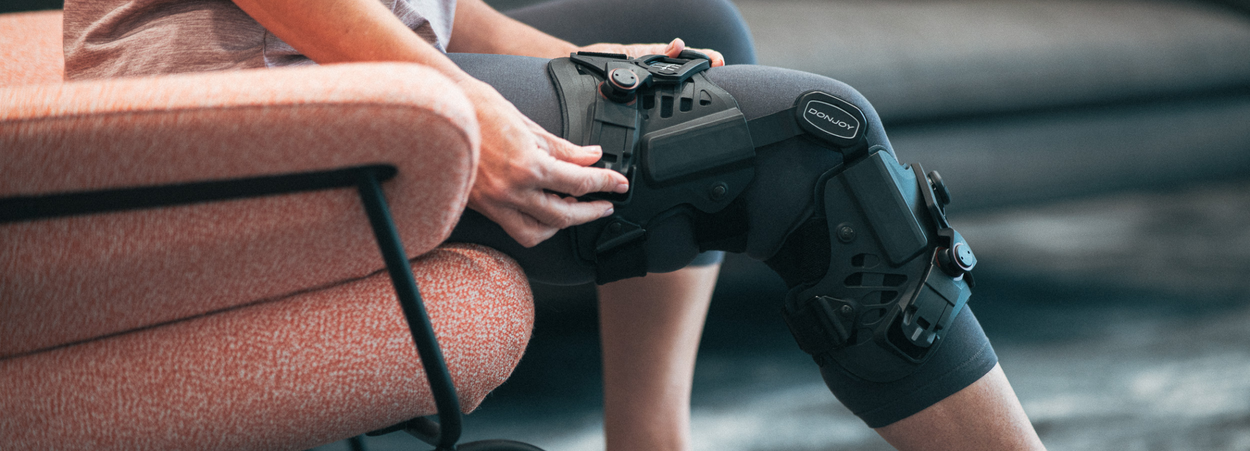Articles

Why Buy or Prescribe a DonJoy Knee Brace?
Why Donjoy? DonJoy is a world renowned Knee Bracing brand - used by leading sports organisations across the globe, including the US...
Read more
9 Tips in Fitting a DonJoy Brace
Understand the steps you need to follow to properly fit a DonJoy Rigid Knee Brace, available for Ligament Knee Injuries and for Osteoarthritis....
Read more